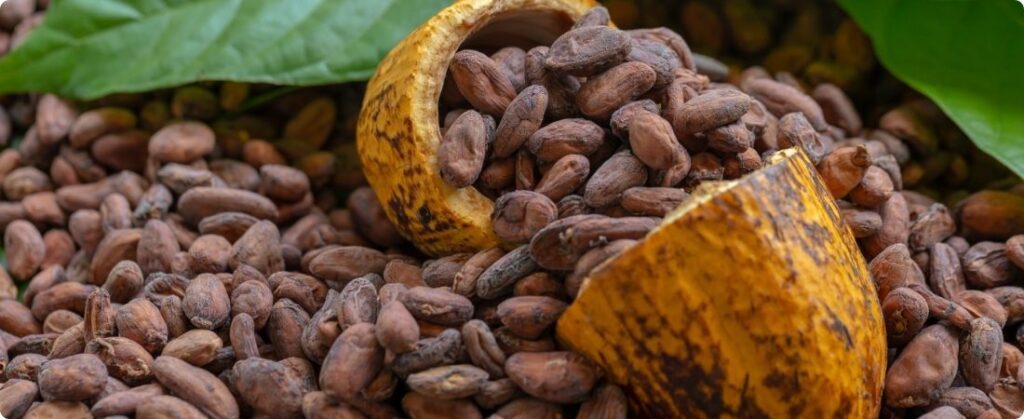
World cocoa prices recorded falls of around 20% in two days as technical triggers prevailed thanks to record low liquidity, with even hedge funds having largely exited the market during their impressive rise this year. said the traders.
Before this week's drop, the futures cocoa beans traded on the ICE exchange – and used as a reference for pricing beans around the world – have almost tripled in value this year thanks to adverse weather and diseases in main producers, such as Ivory Coast and Ghana.
The rally left many physical market participants out of money and even drove away hedge funds, traders said, leaving the market in the hands of algorithmic “day trading” funds programmed to follow similar technical signals.
In the absence of liquidity, these funds exaggerate price movements, both up and down. Therefore, volatility becomes more pronounced.
“Is there any concrete news that has driven the market so far? No,” said Jonathan Parkman, head of agricultural sales at Marex.
“New York’s position is minuscule, a record low in modern times. After all, the lack of liquidity will move the market disproportionately in both directions”, he explained.
Sharp drop in cocoa prices
London July cocoa futures traded on the ICE exchange fell nearly 15% on Monday, their biggest one-day loss.
Prices rose by around 4, to 7,392 pounds per metric ton, at 9:50 am (Brasília time). New York July cocoa futures fell 3% to $8,665 per tonne, losing almost 16% on Monday.
The market is focused on crop development in Ivory Coast and Ghana, something that will become clearer over the next two months. This will serve as a warning to investors about the possibility or not of a recovery next season.
The two countries together produce almost 60% of the world's cocoa, and with their harvest prospects still unclear for now, there are no new fundamental factors driving prices, and supplies remain extremely tight.
ING noted that the drop in cocoa prices on Monday followed the 23% increase in initial margins by the ICE exchange. This increase is likely to further reduce liquidity.
“This was the third increase in margins this month. Cocoa volatility reduced open interest from 400,000 lots in November to 243,000, according to the bank.
Source: Maytaal Angel | Notícias Agrícolas










